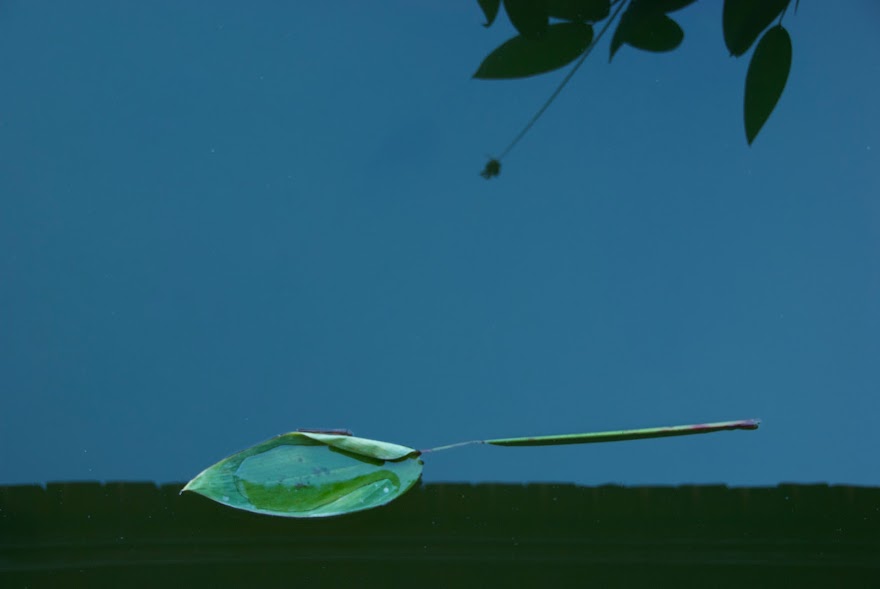I had lunch with Steve yesterday at the Marina Cafe while he was also engaged in the sailor’s post-passage ritual of doing laundry.
First, I want to say that Steve takes understandable exception of my referring to ROVER as slow. Such a term is subjective, not objective, and I apologize.
Steve has no pressures of time, enjoys being at sea and does not want dramas, so he often slows ROVER or heaves-to. I have done the same with GANNET.
His passage was much as I expected.
He left Neiafu the day after I did, had good sailing for the first few days, was becalmed by the high and lowered his sails rather than let them slat until wind returned, and was more than two hundred miles offshore when the storm headed him. He hove-to for a day and a half in winds that he estimates were around fifty knots, not the sixty mentioned in the forecasts I was seeing ashore. After the low moved east, winds were light. He had fine sailing last Sunday, his final day at sea. He arrived in good spirits and good shape after an experience that would have had some immediately putting their boats up for sale.
Although Steve has circumnavigated, he is modest about his sailing accomplishments. He’s done more than enough to impress me; and I wish him and ROVER OF TACOMA continued joy of the sea.
———
Two days ago I sent the following moderate email to Aurinco:
I have six Aurinco panels mounted on the deck of my Moore 24. Four of those are three years old. The other two less than two years. I installed them while I was in the U.S. and have in the past four months sailed from San Diego to Opua, New Zealand. Along the way two of the six panels failed.
I've attached photos showing all six panels and one of the corrosion inside one of the failed panels.
I like your panels. They are aesthetically pleasing and not toe-stubbers. And they fit well in the available space on my boat. I have installed mine so that I do not have to walk on them. However, a one-third failure rate is distressing.
I am not sure what I am going to do about this. Removing them and sending them back to you from New Zealand is very inconvenient. I only arrived here from Tonga a few days ago and perhaps I will in time.
However, this is something that I think you should know about.
This morning I received this honorable response:
Unfortunately it is an installation issue that we are all too well aware of. It is addressed it in a service bulletin which we include with all our panels. A copy is attached. To prevent that more of your panels will be damaged, do check as soon as possible that all connections are fully waterproof (don't trust heat seal tubing alone) and that the exit wires are protected with caulking to avoid chafe.
While installation problems are not covered by warranty we do try to help our customers. As a courtesy we will offer you to replace the two panels at a 40% discount, basically at our cost. Of course, we realize that shipping to New Zealand will add to your expense.
By the way, your boat is beautiful!
I could not ask for more and am ordering the replacements.
On the subject of warranties, I usually forget about them because often when problems arise I am in another country thousands of miles from where I bought the items and don’t carry receipts around with me.
However, I have done some research and learned that Raymarine tiller pilots come with a two year warranty which can be extended to three years by registering the products with the company.
I expect to be bringing a duffle bag of Raymarine ST1000s back to New Zealand next March. You can be certain that they will be registered and I will have proof of purchase.
———
My new floorboards are made of iroko, an African wood with some similarities to teak. Ashby’s coated them with International Paint’s Everdure, an epoxy sealer.
The floorboards are decidedly lighter than the other wood in the Great Cabin. I like them, but will probably apply Deks Olje in time.



